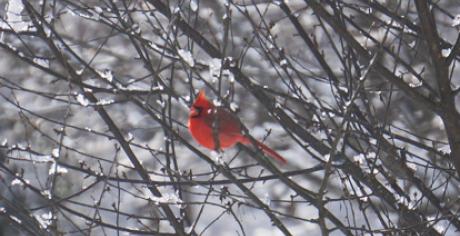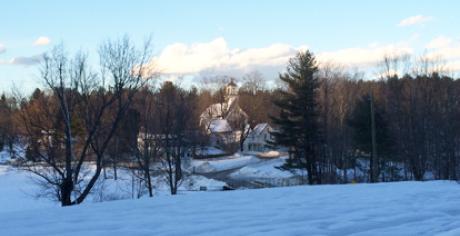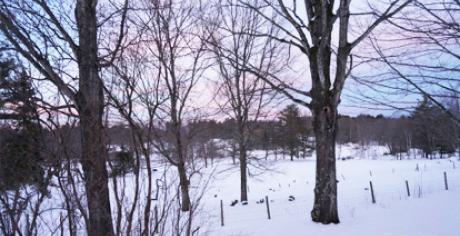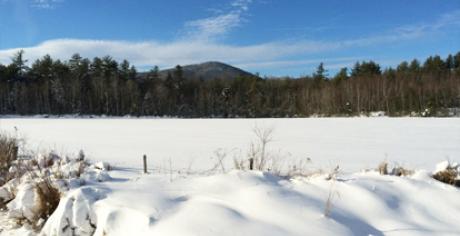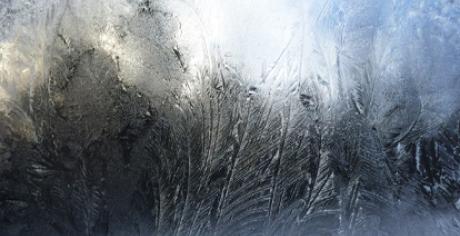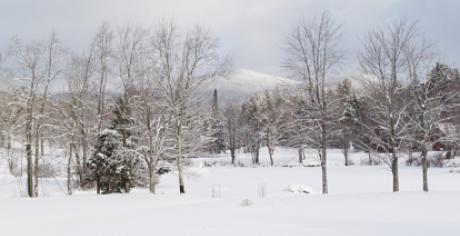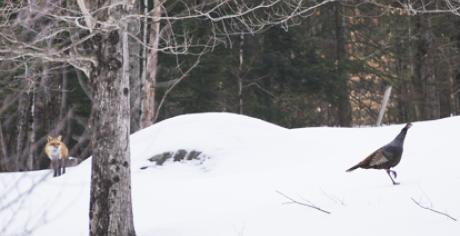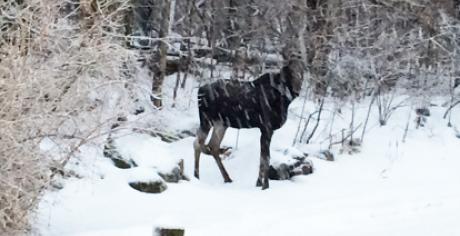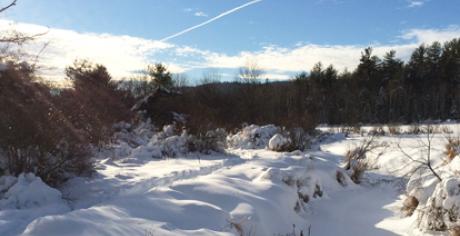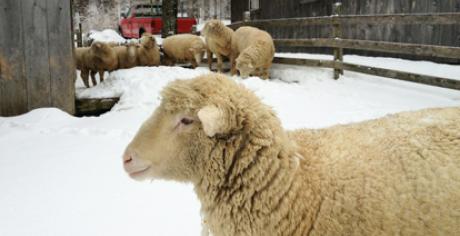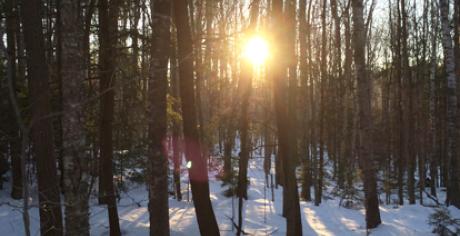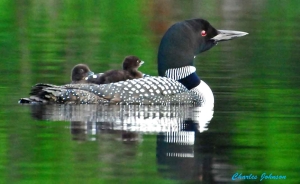Wildlife in Washington
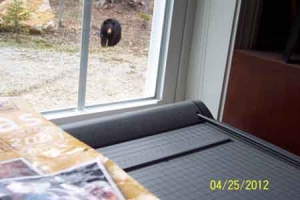
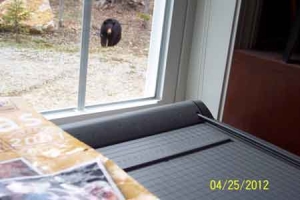
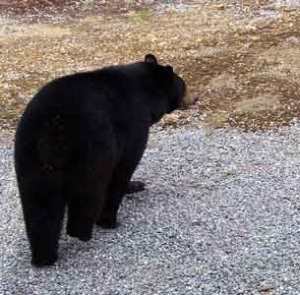
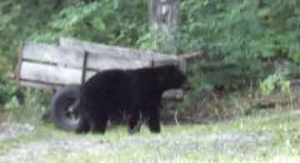
Tom snapped few photos of this bear in his yard on No. Main St. in April, 2012
Island Ponders
Thank you for all your feedback regarding Island Pond loons. All the credit for the photos goes to my husband, Charles, who takes photos with a 300mm telephoto lens so as not to disturb the loons, as the Common Loon is listed as a threatened species in New Hampshire. A biologist from the Loon Preservation Society (LPC) visits our pond a few times a season to educate, observe, and collect and analyze egg fragments from the nest. I report updates to her, as warranted, throughout the season. Last summer Charles was able to get a (most helpful to the biologist) photo of our banded male. The biologist then referred to her notebook of banded loons and reported our male has been on our pond since 2005. How fortunate we are to have an ideal habitat which supports successful yearly hatchings.
Sarah Baker, LPC's biologist, who will be out on the pond tomorrow, wants to thank us all for doing our part to help bring these chicks to adulthood, and to remind us of the greatest threat to loon chicks as stated below:
Threats to Loons
Disturbance
High speed watercraft sometimes kill or injure chicks or adults due to collisions. Boats may also get between chicks and adults, causing them to separate and exposing chicks to increased risk of predation. Loon chicks are buoyant and can not dive to get away from fast moving boats.
What You Can Do to Avoid Disturbing Loons
You can help avoid disturbing loons by keeping your distance. A good rule of thumb is to try to stay at least 100 feet or more away from nest sites, or from any loons that are showing signs of 'distress' or disturbance.
Here are some loon disturbance behaviors to watch for, that indicate you are getting too close:
- Brow of bird is a 'square' shape, rather than smoothly rounded.
- Bill is pointed up, neck is stretched up, bird looks alert.
- Bird 'dances' upright on the water, while flapping wings.
- Bird's neck and body are stretched out low on nest or on water.
- Bird makes a 'tremolo' (laughing sound) or 'yodel' call.
If you observe any of these behaviors, please make sure you increase the distance between yourself and the loon."
Thanks for your interest, Kate

